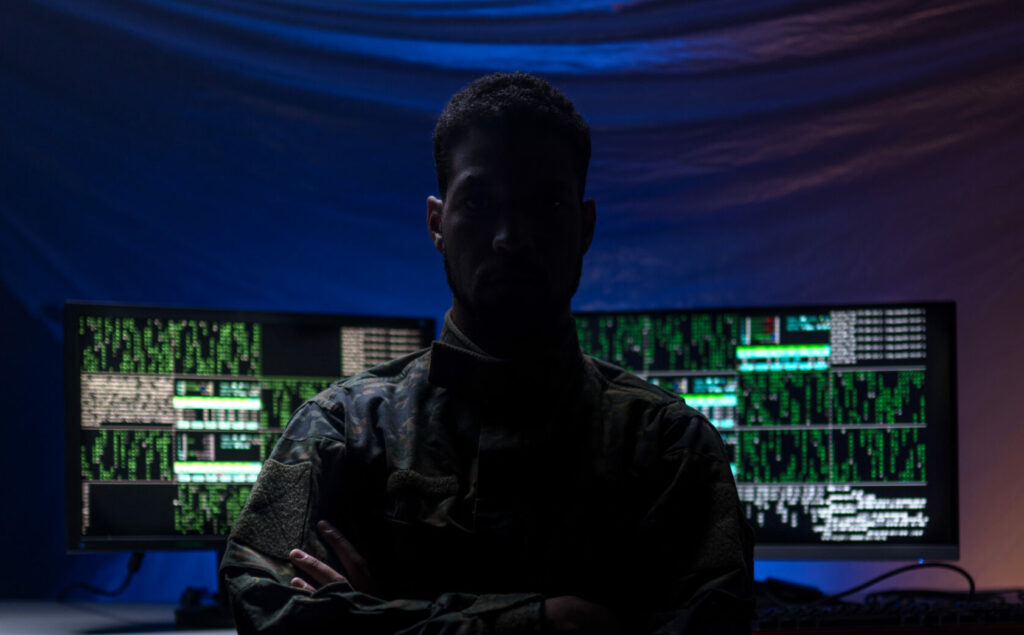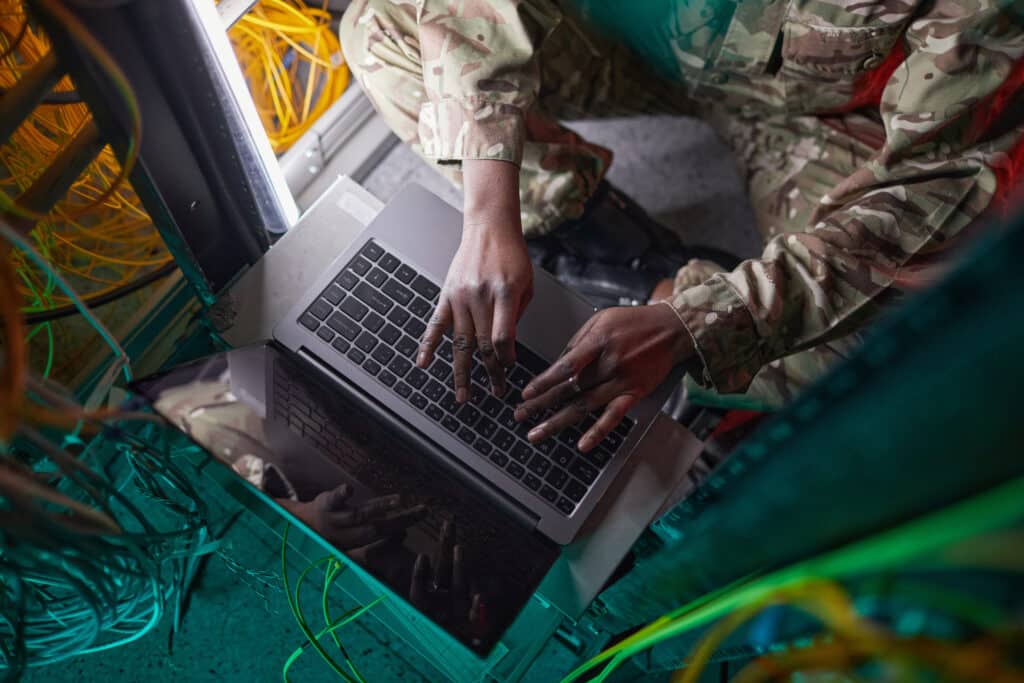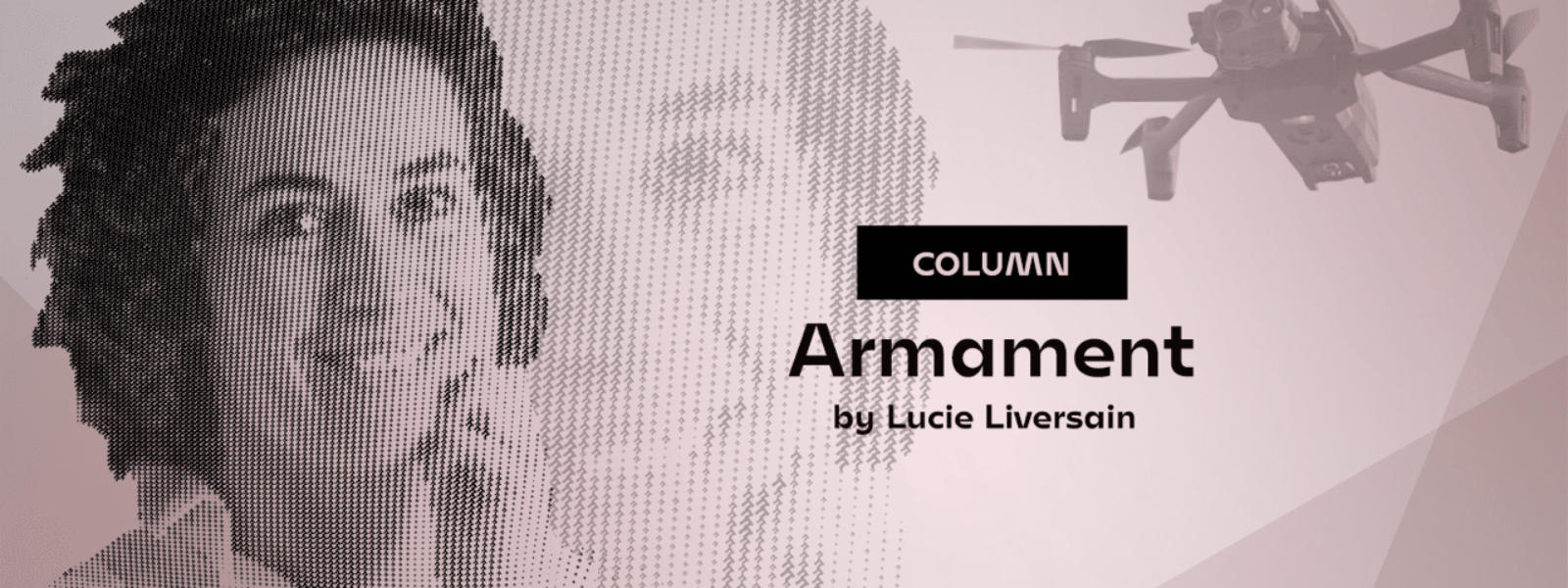Armed forces are turning to generic technologies, like AI
- General-Purpose Technologies (GPTs) can be essential and effective for military purposes.
- GPTs enable improvements and innovations, and generally have a major impact on overall productivity growth.
- Artificial intelligence (AI) has the potential to be a general-purpose technology and thus transform the economy, national security, and society.
- AI can be used to process data, improve decision-making processes, or reduce the reaction time of systems.
- To achieve this, there is still a need for massive investment in AI and its adoption in an industrial context.
Eight months since the beginning of the conflict in Ukraine, many lessons have been learned from this conflict, notably the return to high intensity. One of the major issues arising from this, which goes beyond the military field, is the question of integrating new technologies to provide an operational advantage for the armed forces.
Partnerships, supported by the US Department of Defense, with Microsoft or Amazon Web Services (AWS) to host Ukrainian data that could be sensitive to Russian cyber-attacks, or the use of Elon Musk’s Starlink mobile terminals to connect to the Internet via satellite, have highlighted the importance of the rapid adoption of general-purpose technologies for military needs, and their effectiveness on the battlefield.

In driving the reform of its defence innovation ecosystem, the French Ministry of Defence has, in recent years, taken on a more entrepreneurial and strategic role, with a more experimental approach to innovation policy1. Nevertheless, the question remains as to the capacity of our defence industry and our armed forces to be able to rapidly adopt all these general-purpose technologies (GPTs) – such as artificial intelligence or quantum technologies, at very different levels of development.
What are “General Purpose Technologies”?
General-purpose technologies can be defined as those capable of continuous future improvements and with the potential to serve as the basis for complementary innovations in related application areas (Teece, 2018). As such, a general-purpose technology has such an impact on overall productivity growth that it becomes ubiquitous, as was the case with the internet in the 2000s.
With more and more practical applications in all sectors following significant work in basic research, artificial intelligence (AI) has the potential to become a general-purpose technology and thus transform the economy, national security, and society as a whole.
First challenge: investment
Armed forces around the world are increasingly looking to AI as a key technology for their long-term strategies and planning. With tech giants such as Google and Amazon at the forefront of AI innovation, major US defence companies are under pressure to step up their AI activities to keep pace with the commercial market.
100 million a year in artificial intelligence for defence, this represents only 0.6% of the French armed forces’ equipment budget, whereas the Americans invest four times as much for an equivalent budget2.
Second challenge: adoption
Beyond investment, several barriers to the adoption of these general-purpose technologies persist. From a technical point of view, the vulnerability of the supply of real data to train the algorithms (Osoba and Welser, 2017) is often the cause of unsatisfactory performance. However, the problem of the confidentiality of military data has often, at least in discourse, been an argument that can hide another problem: that of the governance of data, which is too often left to the industrial owners of platforms and weapon systems.
AI can have a critical role in operational planning and decision-making.
In terms of user awareness, there are still other obstacles, often linked to the unequal knowledge of decision-makers of the uses of data and their added value for military operations. This can be explained by the fact that systems integrating AI do not all enter the technical repertoire of the armed forces at the same time and with the same efficiency, but also by cultural and organisational barriers between the defence sector and the civilian sector. A strong disincentive to take risks, as well as procurement processes that are not adapted to this type of technology, are often enough to discourage any initiative. Ultimately, according to the figures presented by the Grand Défi focused on artificial intelligence, only 10 to 15% of AI-based proofs of concept (in the sense of a demonstrator) in France are industrialised and go to scale.
Which AI use cases are currently capable of providing armed forces with an operational advantage?
AI can process large volumes of complex data to speed up decision making at all levels of command, acting as a force multiplier for command – particularly with the emerging requirements of multi-domain operations. While human resources can currently process, at best, 20% of the information produced today, this percentage may drop to as little as 2% in the face of the explosion in data production3.
As a sign that this use case is of major interest to the armed forces, the Ministry of the Armed Forces has just signed a defence and security contract worth €240 million, over seven years, with a non-traditional player in the defence industry: a pure player in defence AI in France. The aim of this contract is to accelerate the intelligence cycle and to process the tsunami of data coming from these sovereign CSO optical imaging satellites.
In addition to handling the exponential growth of data, artificial intelligence can also improve the quality of decision-making processes and become a key player in the planning and conduct of operations continuum. Indeed, the aggregation of many data sources, and their analysis by machine learning algorithms, can help determine the best possible geographic distribution of forces based on the mission, a unit’s capabilities, conditions in the area of interest, resupply requirements and information derived from the analysis of all intelligence sources.

Every theatre of operations offers an infinite number of force configurations. To get an idea of the magnitude of this number, consider a game of chess. After each player has made four moves, there are 988 million different possible configurations. Combining massive sources of relevant information (such as location data, weapon ranges, intelligence, etc.) gives AI a critical role in operational planning and decision-making.
AI can go beyond human capabilities and dramatically reduce the response times of defence systems to attacks by fast-acting weapons systems (hypersonic missiles, cyber-attacks or directed energy weapons) to bring about a radical change in capabilities. Again, there are non-traditional players in the defence industry, such as the US company Anduril, one of the few US start-ups to have successfully scaled up. Its algorithms on board drones for targeting purposes enable the US army to accelerate the decision loop at a tactical level and to get closer to real time to counter enemy manoeuvres much more effectively.
On so-called broad-spectrum effects, AI can also help to obtain a broader knowledge and understanding of the battlefield, and for example anticipate attempts to manipulate citizens. Indeed, AI-driven analysis of the effect on public sentiment of a kinetic strike on infrastructure, or AI-based solutions to detect disinformation campaigns, are among the most advanced intelligence service tools for digital influence and informational warfare.
What about the future?
Concrete applications of AI for the armed forces do exist, and not all use cases of this “enabling technology4” have yet emerged at this stage. Non-traditional players in the defence sector stand out as suppliers of these AI-based solutions, thanks to their ability to deal with specific “user” needs and to produce demonstrators in “agile” mode based on experiments. However, these players are faced with the more general dilemma of adopting general-purpose technologies: to what extent and at what speed do these players succeed in changing the traditional forms of organisation of the armed forces to enable them to benefit from the advances provided by general-purpose technologies?















